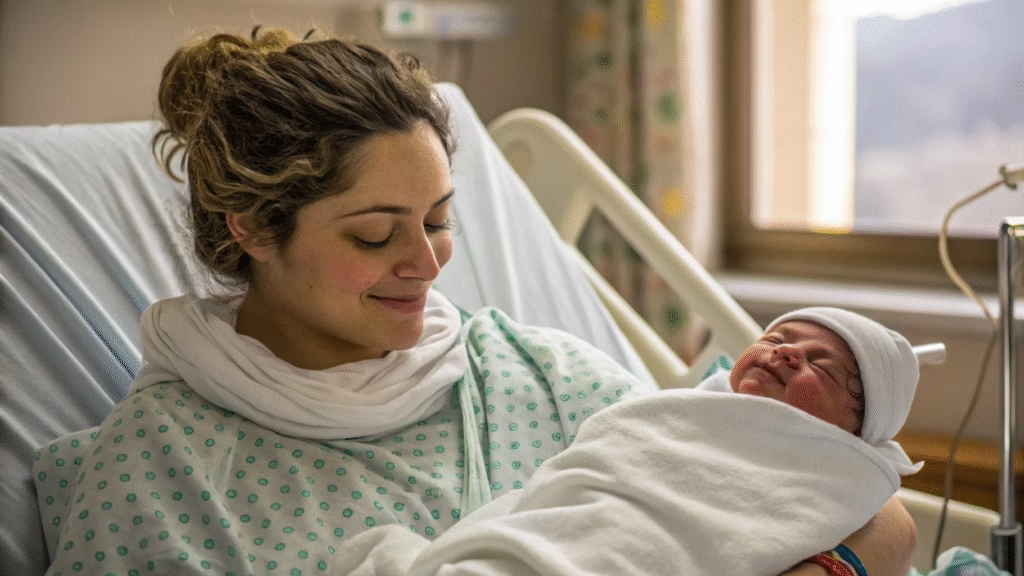
Complete Guide with 3D Explanation
Childbirth is one of the most incredible experiences in a woman’s life. While many babies are born through natural vaginal delivery, some need to come into the world through a surgical method called a Cesarean Delivery, more commonly known as a C-section.
In this article, we’ll explore everything you need to know about C-sections — what they are, when they’re necessary, how the procedure works, what recovery looks like, and how modern medicine has made it much safer than ever before.
Want to see all of this in amazing 3D visuals? Watch our video on YouTube Channel for a fully animated explanation.Don’t forget to subscribe for more insightful videos! (Available in English & Malayalam )

Love what I do?
Consider supporting my work by👉 buying me a coffee
What Is a Cesarean Delivery (C-Section)?
A Cesarean section is a surgical operation where a baby is delivered through small incisions made in the mother’s abdomen and uterus.
The surgery is performed by a skilled obstetrician with support from an entire medical team, including anesthesiologists, pediatricians, and nurses.
C-sections are performed either as:
Emergency surgeries, when complications arise during labor that threaten the mother’s or baby’s health.
Planned (elective) surgeries, when doctors know beforehand that vaginal delivery may be risky.
Although it is a surgical method, a C-section is extremely safe today due to modern medical technology and sterile surgical procedures.
Vaginal vs Cesarean Delivery: What's the Difference?
Vaginal Delivery
This is the natural method of childbirth, where the baby passes through the birth canal. It’s usually preferred when both the mother and baby are healthy and there are no complications.
Benefits of vaginal birth include:
Faster recovery time
Lower risk of surgical complications
Immediate skin-to-skin contact
Lower chances of breathing problems for the baby

Cesarean Delivery
In a C-section, doctors deliver the baby through a small surgical cut in the lower abdomen and uterus. While recovery takes longer than vaginal birth, it’s sometimes the safest option for both mother and child.
It’s important to note that choosing or requiring a C-section does not make a birth any less meaningful or successful — it’s simply another way to bring life safely into the world.
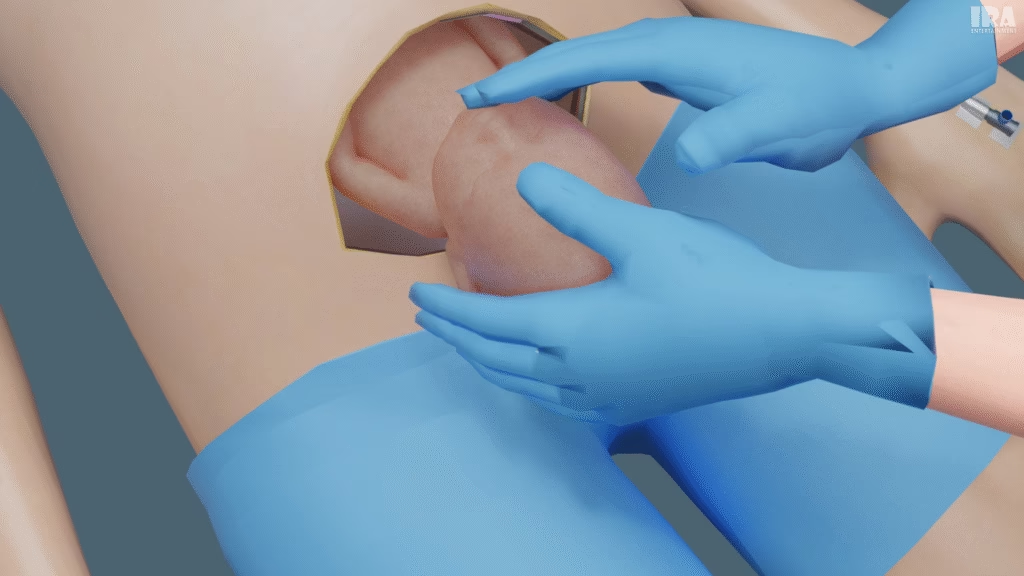
When Is a C-Section Necessary?
C-sections are usually recommended when vaginal delivery could be risky or impossible. Let’s look at the most common reasons:
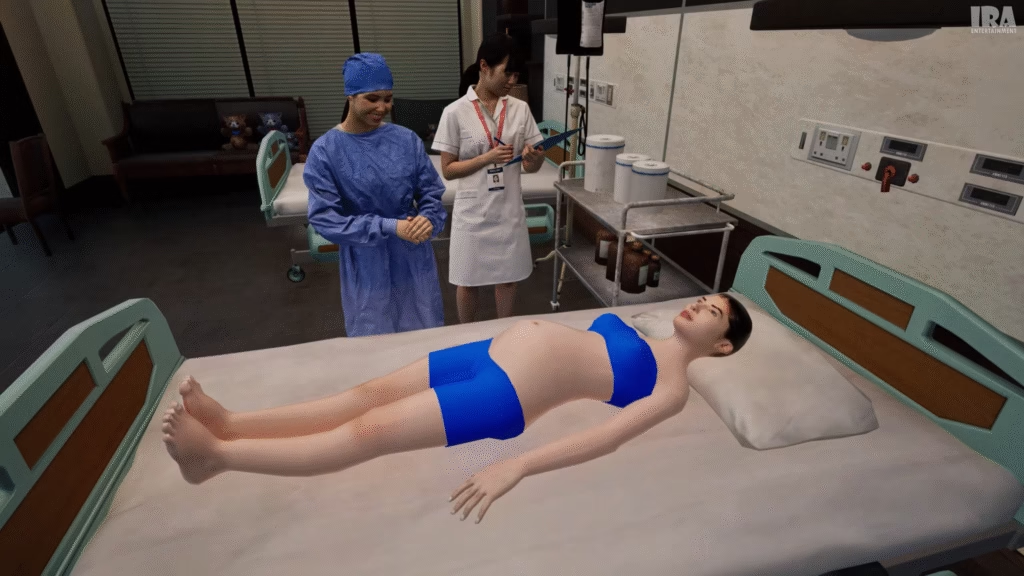
1. Labor Dystocia (Obstructed Labor)
This happens when labor slows or stops because the baby is too large or positioned in a way that prevents it from moving down the birth canal. Prolonged labor can put both mother and baby at risk of exhaustion and distress.

2. Placenta Previa
The placenta is an organ that provides oxygen and nutrients to the baby. If it’s positioned low in the uterus and covers the cervix, it blocks the baby’s path, making vaginal delivery unsafe.
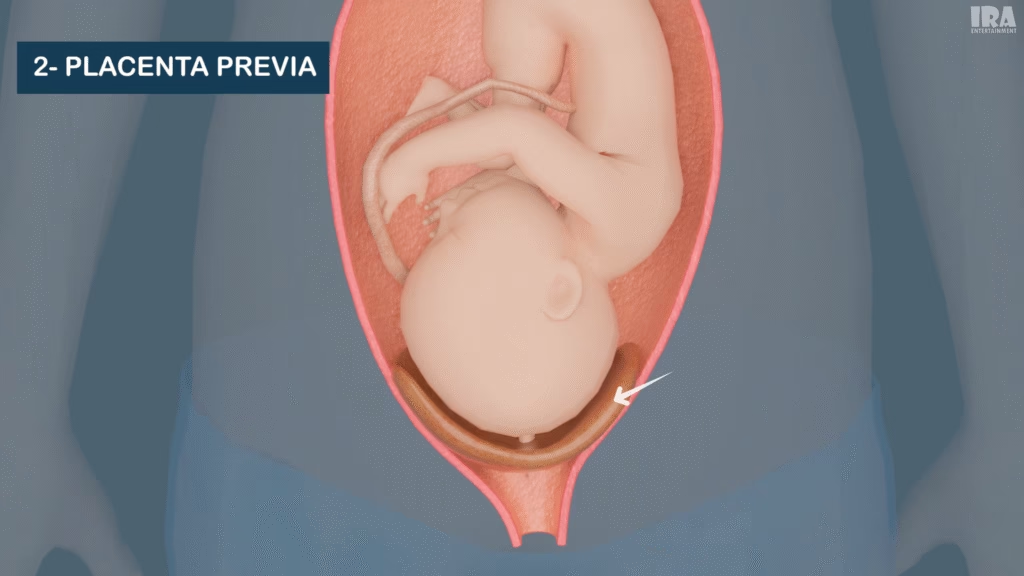
3. Breech Presentation
In most pregnancies, babies are positioned head-down before birth. However, if the baby’s feet or buttocks are pointing downward (a breech position), a C-section is often the safest choice.
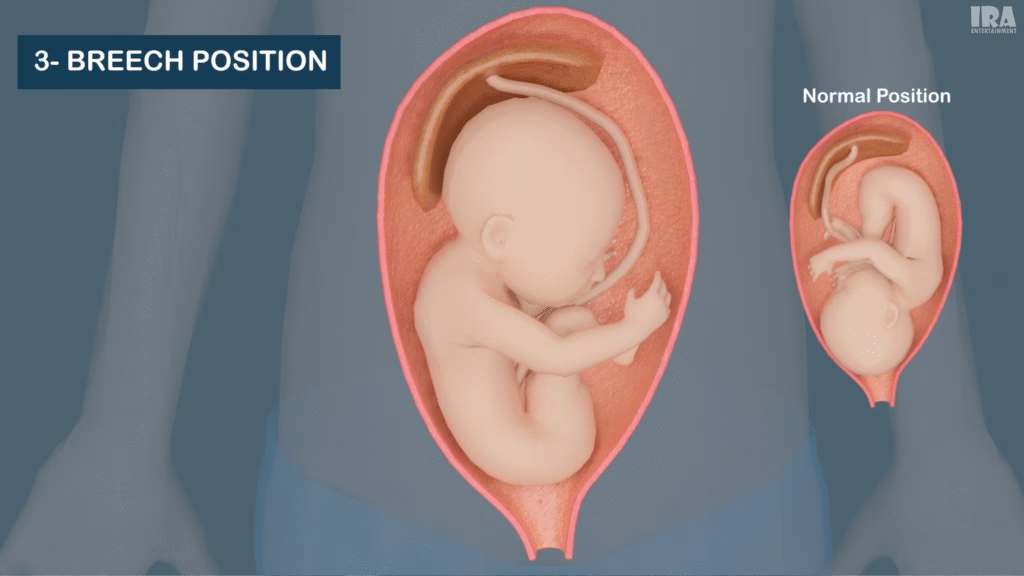
4. Umbilical Cord Prolapse
When the umbilical cord slips into the birth canal before the baby, it can get squeezed during contractions, reducing oxygen supply. This is a medical emergency requiring an immediate cesarean.

5. Fetal Distress
If doctors notice that the baby’s heart rate is dropping or showing signs of stress, it may mean the baby isn’t getting enough oxygen — prompting a quick C-section.
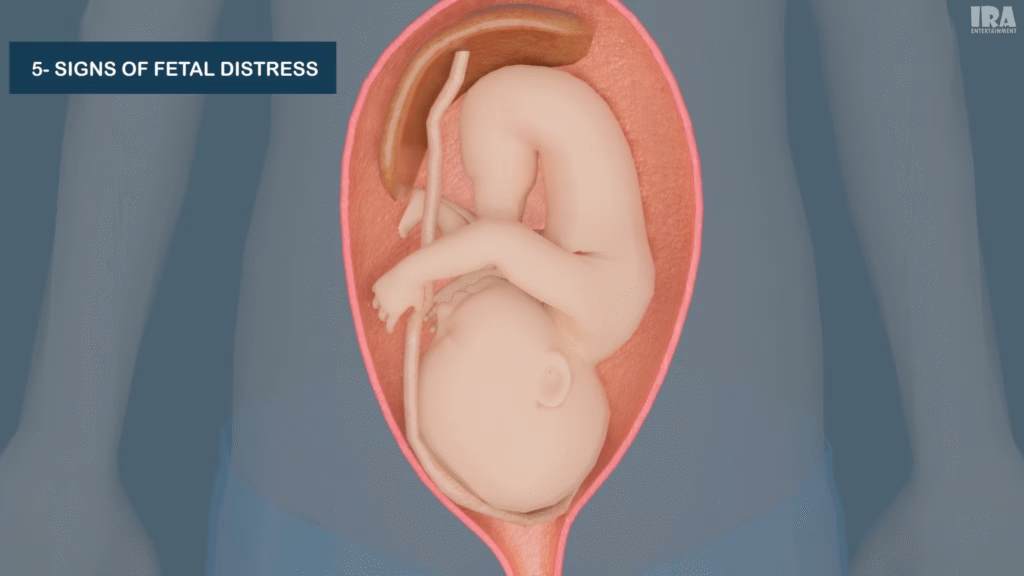
6. Multiple Births
Mothers expecting twins, triplets, or more may require a C-section, as delivering multiple babies vaginally can be complicated and risky.
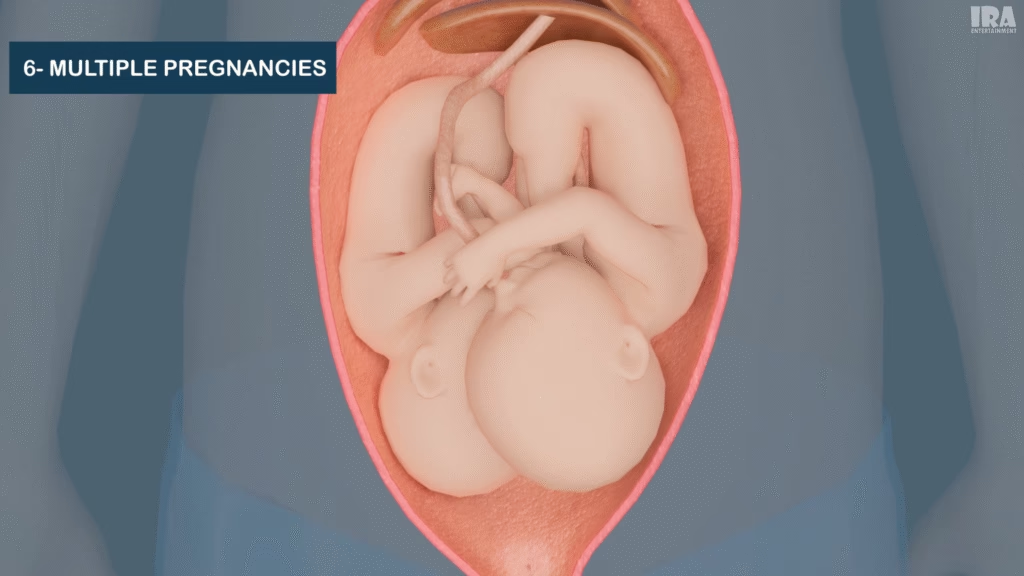
7. Large Baby (Macrosomia)
If the baby is very large (over 4 kg or 9 pounds), it can be difficult for the baby to pass safely through the birth canal..
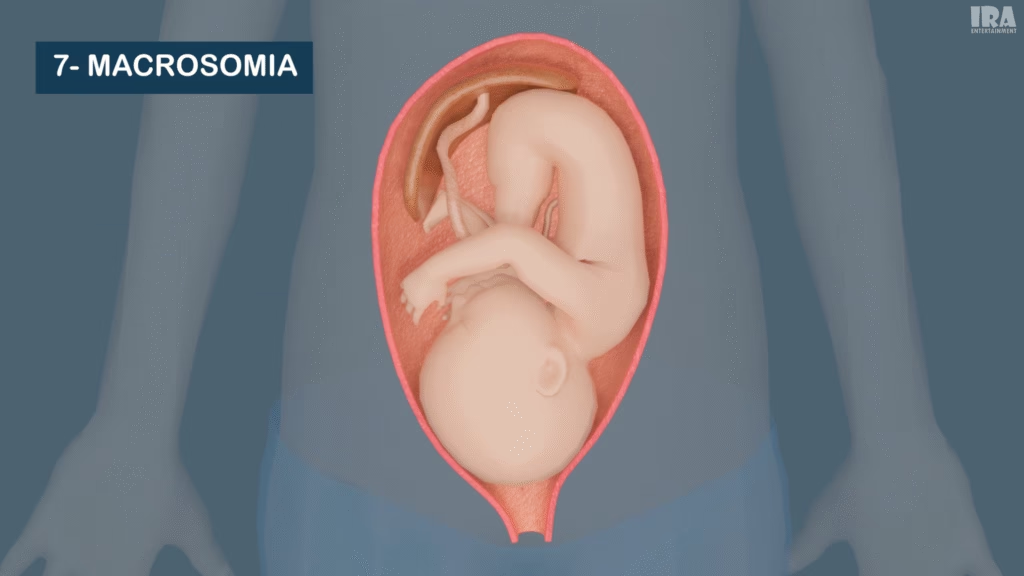
8. Maternal Health Conditions
Certain medical issues such as preeclampsia, heart disease, pelvic deformities, or infections like HIV or herpes can make C-section the safer route.
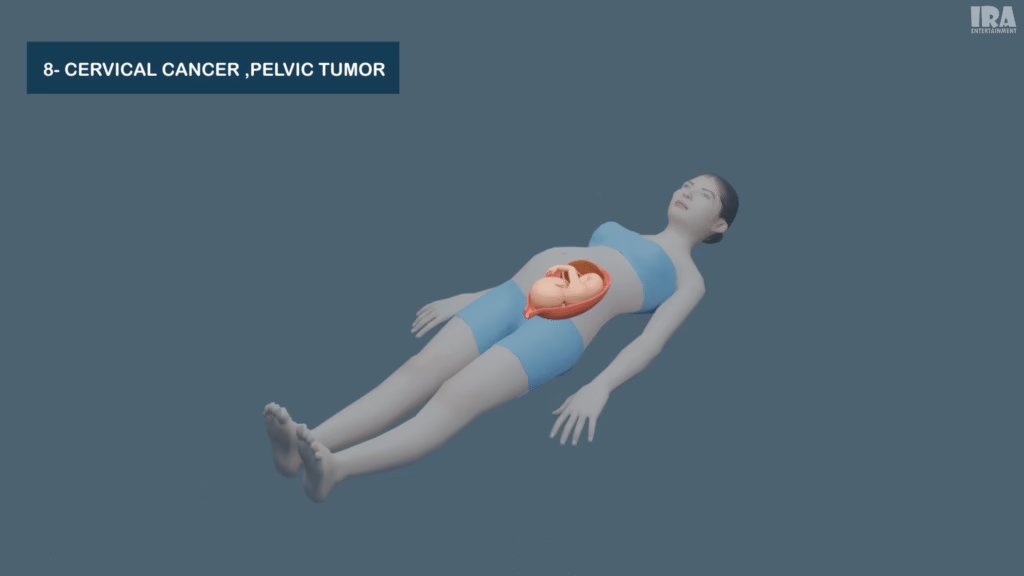
9. Previous C-Section
Women who’ve had a cesarean before may be advised to have another one, depending on how the previous incision healed.
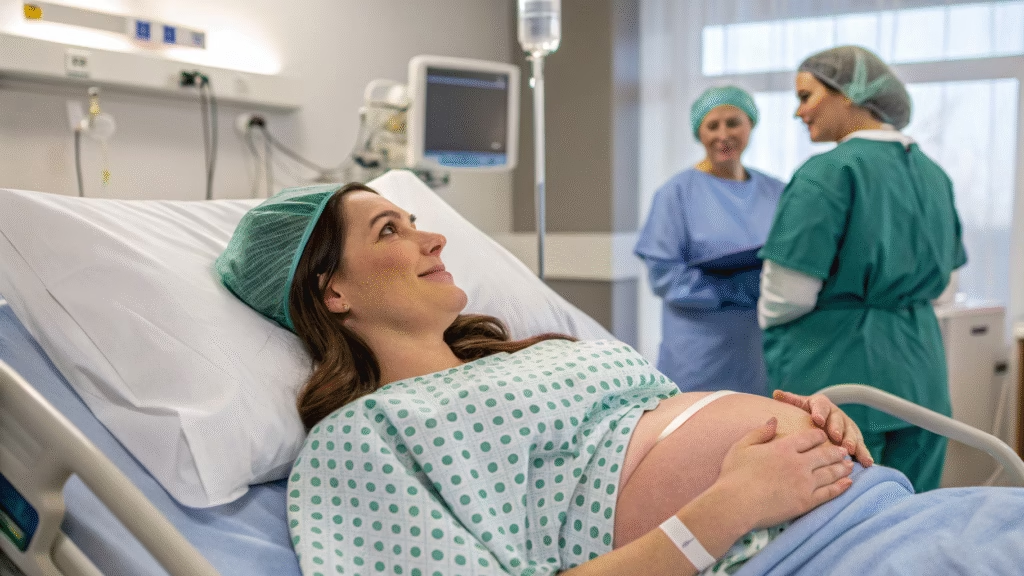
10. Planned or Elective C-Section
Some mothers choose to schedule a C-section in advance for personal, medical, or logistical reasons, typically during the 39th week of pregnancy.

How a C-Section Is Done: A Detailed Breakdown
Step 1: Preparation
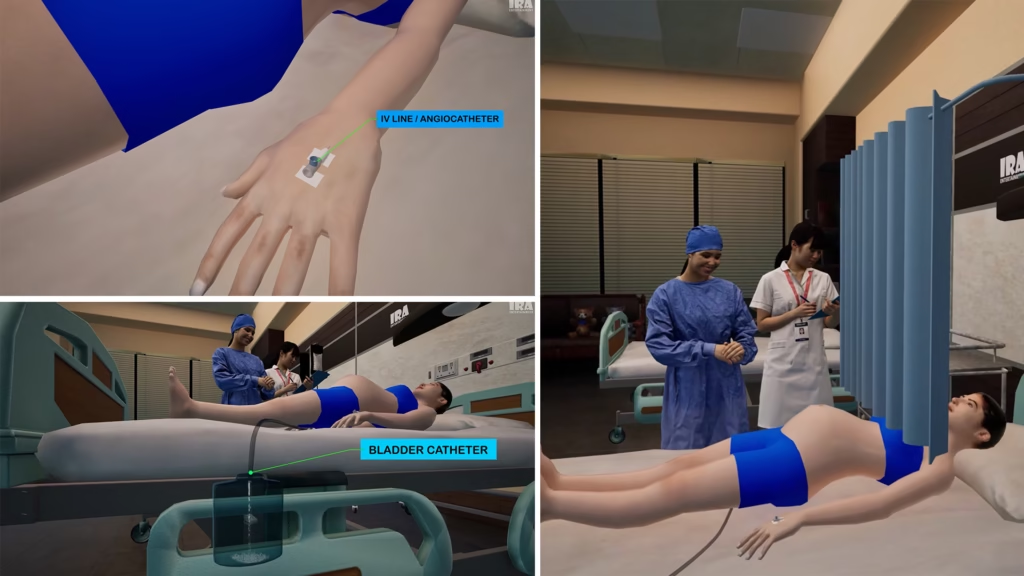
You’ll receive an IV line for fluids, medications, or anesthesia.
A catheter is inserted to empty your bladder during surgery.
The surgical area is cleaned and sterilized.
A screen or drape is placed across your chest so you don’t see the surgical area (but you can usually hear your baby’s first cry).
Step 2: Anesthesia
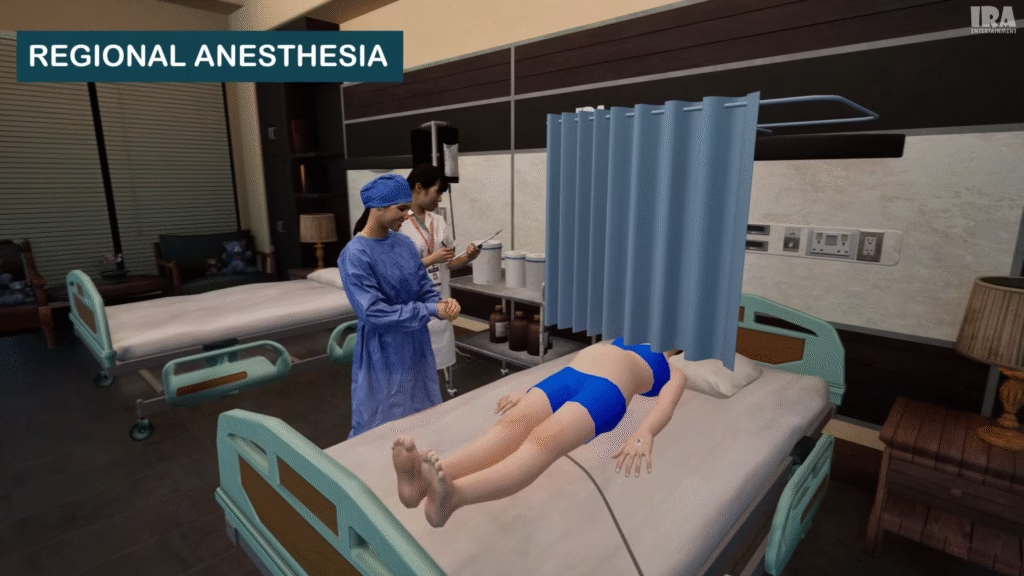
You’ll receive either:
Spinal or epidural anesthesia: Numbs the lower part of your body but allows you to remain awake.
General anesthesia: Puts you to sleep completely (used in emergencies).
Step 3: Making the Incision
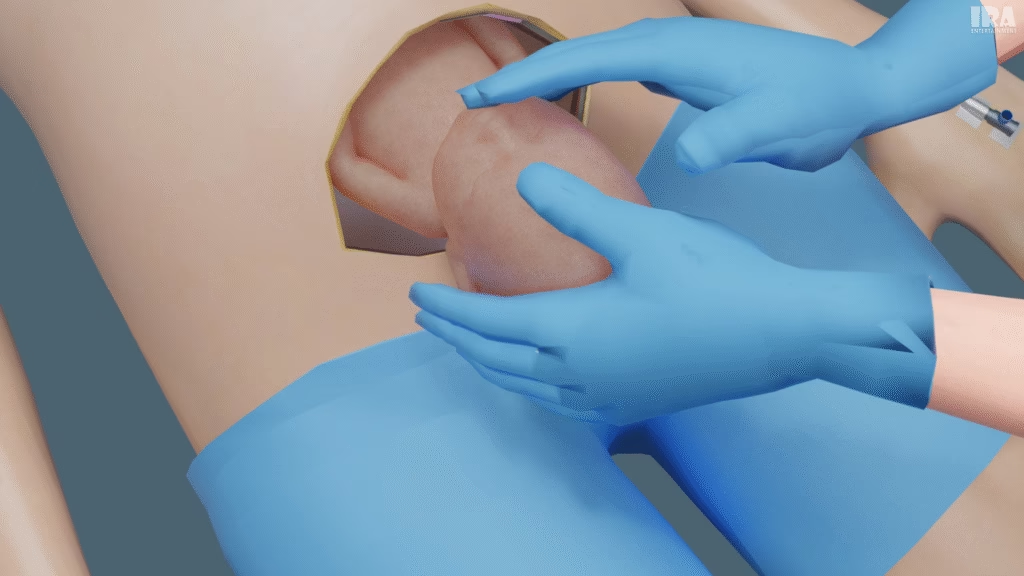
The surgeon makes a small horizontal incision just above your pubic hairline (called a “bikini cut”).
The layers of skin, fat, and muscles are carefully opened until the uterus is reached.
Then, a small incision is made in the uterus, and the baby is gently delivered through it.
Step 4: Delivery and Placenta Removal
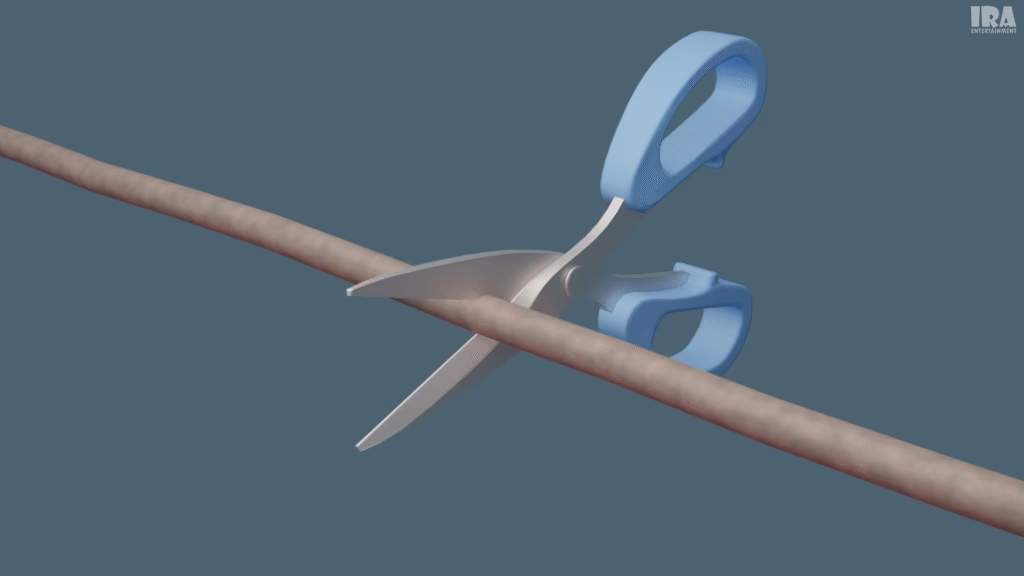
Once the baby is out, the umbilical cord is clamped and cut.
The placenta — the organ that nourished your baby during pregnancy — is then removed from the uterus.
Step 5: Closing the Incision
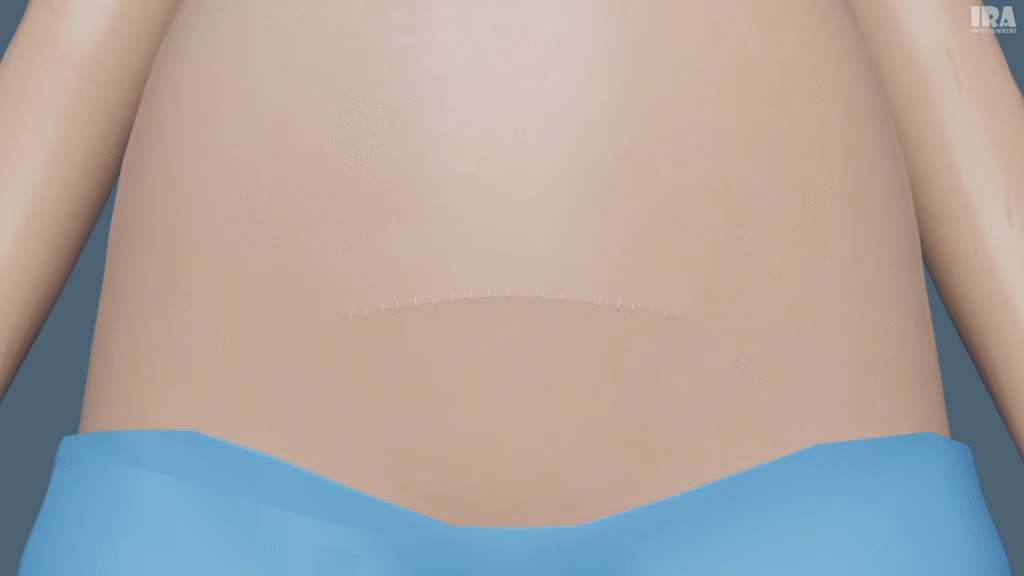
The surgeon stitches the uterus and abdominal layers back together. Dissolvable stitches are often used.
The entire procedure usually takes 30 to 45 minutes.
After the Surgery: Immediate Care
Once the surgery is complete:
You’ll spend a few hours in a recovery area where nurses monitor your heart rate, blood pressure, and bleeding.
Pain medication is provided for comfort.
You may be able to hold your baby and begin breastfeeding shortly after surgery if you’re awake and stable.
Recovery After a C-Section
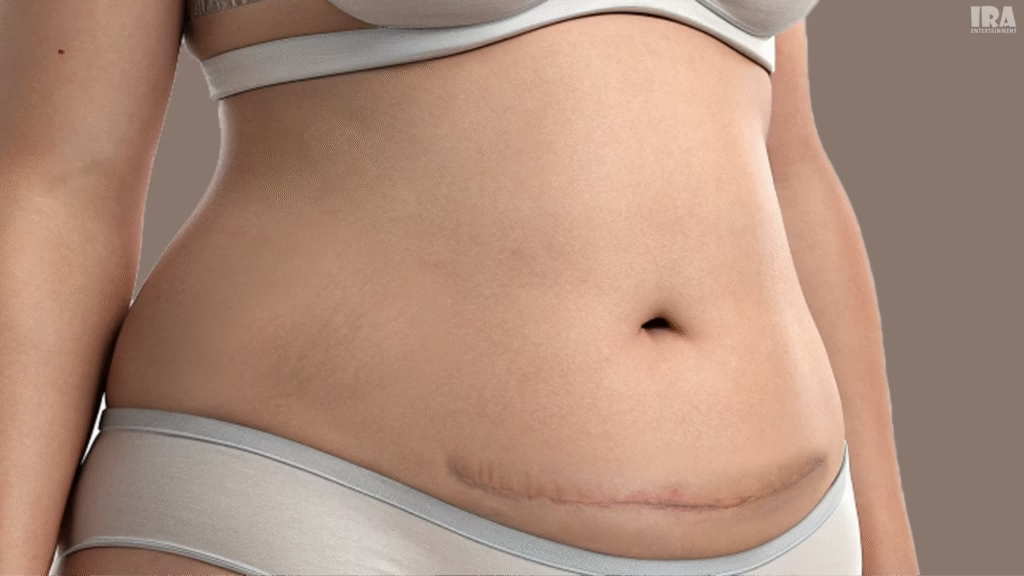
Hospital Stay
Most mothers stay 3–5 days after surgery for monitoring and rest.
At-Home Recovery
Once home:
Avoid lifting heavy objects.
Keep the incision area clean and dry.
Eat a balanced, high-fiber diet to prevent constipation.
Walk gently every day to improve circulation.
It usually takes 6 to 8 weeks for full recovery, though energy levels improve much sooner.
Pain and Movement
Pain or soreness around the incision is normal. Light walking is encouraged after 24 hours to prevent blood clots and aid recovery.
Healing Time
Stitches heal within 10–14 days.
The scar gradually fades and becomes less visible over time.
Most mothers feel significantly better by 6 weeks.
Tips for Recovery
Avoid lifting heavy objects.
Keep the incision clean and dry.
Eat high-fiber foods to prevent constipation.
Rest well and accept help from family.
Possible Risks and Complications
C-sections are safe, but like all surgeries, they carry some risks:
Infection at the incision site
Increased blood loss
Reactions to anesthesia
Blood clots in the legs
Longer recovery time
Doctors carefully monitor mothers after surgery to minimize these risks.
Emotional and Mental Recovery
Many mothers worry that having a C-section means they “failed” at natural childbirth — but that’s completely untrue.
A cesarean delivery is a life-saving procedure, not a failure.
It’s done to ensure that both mother and baby are safe and healthy. Healing emotionally is just as important as physical recovery — and bonding with the baby through skin-to-skin contact and breastfeeding can help.
The History of Cesarean Delivery
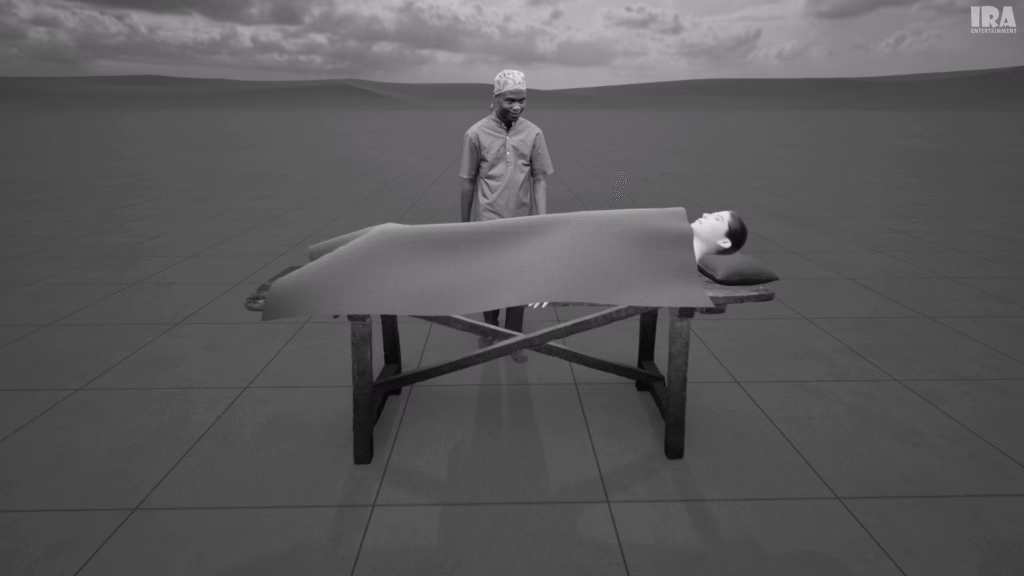
The word “Cesarean” has ancient roots — possibly linked to Roman law (“Lex Caesarea”) or Julius Caesar’s name.
In earlier centuries, the surgery was extremely risky because there was no anesthesia or antibiotics.
It was often done only when the mother was dying or had already passed, to try and save the baby.
In the 19th century, the discovery of anesthesia and sterilization techniques completely changed the outlook.
For the first time, mothers could survive the procedure and recover.
Today, with advanced surgical tools and trained medical teams, C-sections are among the safest surgeries in the world.
Modern Technology and Safety
Modern hospitals ensure maximum safety through:
Continuous fetal monitoring
Sterile equipment and environments
Experienced obstetric teams
Improved anesthesia and antibiotics
Neonatal care units ready for newborn emergencies
Because of these advancements, C-sections have saved millions of mothers and babies worldwide.
Myths About C-Sections
Myth 1: C-Section Mothers Can’t Breastfeed
Completely false. Most mothers can start breastfeeding as soon as they recover from anesthesia.
Myth 2: You Can’t Have a Normal Delivery After a C-Section
Some women can! It’s called a VBAC (Vaginal Birth After Cesarean) — though it depends on the type of incision and medical conditions.
Myth 3: C-Sections Are Painless and Easy
While the procedure is pain-free during surgery, recovery takes time and care — it’s still a major operation.
How to Prepare for a Planned C-Section
If your C-section is scheduled:
Discuss all your concerns with your doctor.
Pack light clothing, snacks, and baby essentials.
Avoid eating or drinking for several hours before surgery (as instructed).
Arrange for someone to drive you home and help with daily activities afterward.
Knowing what to expect can make the experience smoother and less stressful.
Life After a C-Section
Every mother’s healing journey is unique.
In the weeks after surgery:
The incision may feel tender but gradually heals.
Gentle movement helps regain strength.
Emotional support from family and friends is crucial.
Many women go on to have healthy future pregnancies — sometimes vaginally, sometimes through another C-section.
Your scar becomes a symbol of strength, courage, and love — a reminder of how you brought life safely into the world.
Final Thoughts

A Cesarean section is not a shortcut or a sign of weakness — it’s a medical miracle that saves lives every single day.
Whether your birth is vaginal or surgical, what matters most is the health and happiness of both mother and baby.
Thanks to modern medicine, skilled doctors, and improved safety, C-sections today are safe, precise, and compassionate — helping millions of mothers experience the joy of childbirth with confidence and care.
Check out our related products and other links 👉 Products & other platforms
Check out the best related Amazon products here (affiliate link).
Watch in Malayalam!
Want to learn more through visual storytelling? Check out our detailed 3D explanation blog on What Really Happens When You Hold Your Pee? (3D Explained)
Useful Link :- CESAREAN DELIVERY NHS UK



